A urinalysis is a common test that can assess many different aspects of your health with a urine sample. Healthcare providers often use urinalysis tests to screen for or monitor certain health conditions and to diagnose urinary tract infections.
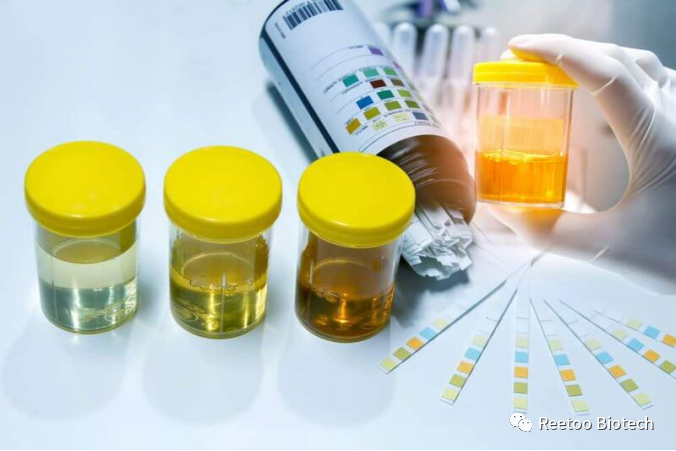
Source :https://diag.vn/
02.What's urinalysis?
A urinalysis (also known as a urine test) is a test that examines the visual, chemical and microscopic aspects of your urine (pee). It can include a variety of tests that detect and measure various compounds that pass through your urine using a single sample of urine.
Healthcare providers often use urinalysis to screen for or monitor certain common health conditions, such as liver disease, kidney disease and diabetes, and to diagnose urinary tract infections (UTIs).
While several different aspects of your health can be tested with a urine sample, your healthcare provider will choose which tests to order under a urinalysis depending on your symptoms and situation.

Source: Dreamstime
03. What tests are included in urinalysis?
Your healthcare provider can include several different tests in a urinalysis. Depending on your symptoms, existing health conditions, and/or situation, your provider will choose which urine tests to order under a urinalysis.
In general, a healthcare provider or laboratory technician can examine a urinalysis urine sample for the following broad aspects:
♣ Color and appearance.
♣ Chemical findings.
♣ Microscopic findings.
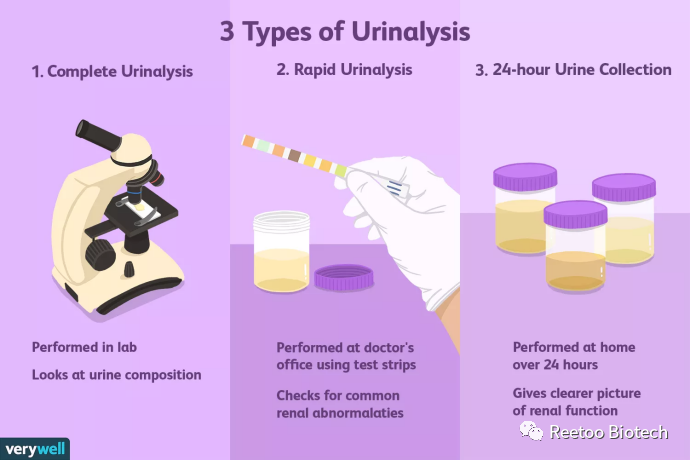
Source : verywell
04. Urine color & appearance
For most urinalysis tests, a healthcare provider examines how the urine sample looks to the “naked eye.” They check if it’s clear or cloudy and if it’s pale, dark yellow or another color.
Normal urine color is usually some shade of yellow and can range from colorless or pale yellow to deep amber, depending on how concentrated or diluted (watery) your urine is.
Many things can affect the color of your urine, including certain medications and supplements and certain foods you eat, such as beets. However, an unusual urine color can also be a sign of disease. For example, red-colored urine can happen when blood is present in your urine and can be an indicator of disease or damage to a part of your urinary system.
Cloudy urine doesn’t always indicate unhealthy urine. For example, sperm and skin cells are harmless and could make your urine appear cloudy. Other substances that can make your urine cloudy, such as red blood cells, white blood cells and bacteria, may indicate several different medical conditions, including:
✴ Dehydration.
✴ Urinary tract infection (UTI).
✴ Sexually transmitted diseases and infections (STDs and STIs).
✴ Kidney stones.
✴ Diabetes.
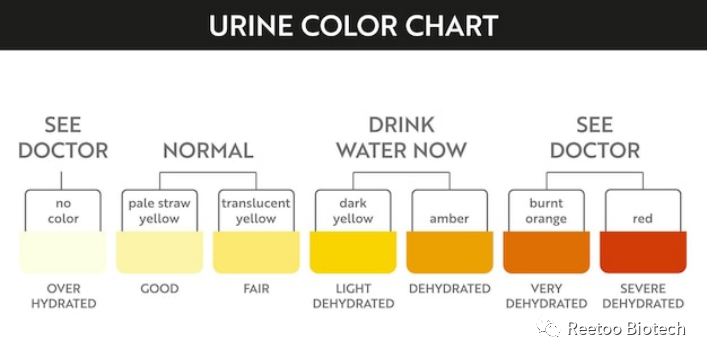
Source : https://www.freepik.com/
05. Urine chemical findings
To examine chemical aspects of a urine sample, healthcare providers or lab technicians often use special test strips called dipsticks to test for certain chemical substances in the urine sample. The strips have pads of chemicals that change color when they come in contact with specific substances.
The degree of color change on the dipstick can give an estimate of the amount of substance present. For example, a slight color change in the test pad for protein may indicate a small amount of protein present in the urine sample, whereas a deep color change may indicate a large amount.
Common types of tests that use a dipstick that providers may include in a urinalysis include:
⛎ Protein urine test: A protein urine test measures the presence of proteins, such as albumin, in your urine. Higher-than-normal urine protein levels may indicate several different health conditions, such as heart failure, kidney issues and dehydration.
⛎ Urine pH level test: A urine pH test measures the acid-base (pH) level in your urine. A high urine pH may indicate conditions including kidney issues and a urinary tract infection (UTI). A low urine pH may indicate conditions including diabetes-related ketoacidosis and diarrhea.
⛎ Ketones urine test: Ketones build up when your body has to break down fats and fatty acids to use as fuel for energy. This is most likely to happen if your body does not get enough sugar or carbohydrates as fuel. Healthcare providers most often use ketone urine tests to check for diabetes-related ketoacidosis.
⛎ Glucose urine test: A glucose urine test measures the amount of sugar (glucose) in your urine. Under regular circumstances, there shouldn’t be glucose in your urine, so the presence of glucose could be a sign of diabetes or gestational diabetes.
⛎ Bilirubin urine test: Bilirubin is a yellowish pigment found in bile, a fluid produced by your liver. If you have bilirubin in your urine, it may indicate liver or bile duct issues.
⛎ Nitrite urine test: A positive nitrite test result can indicate a urinary tract infection (UTI). However, not all bacteria are capable of converting nitrate (a substance that’s normally in your urine) to nitrite, so you can still have a UTI despite a negative nitrite test.
⛎ Leukocyte esterase urine test: Leukocyte esterase is an enzyme that’s present in most white blood cells. When this test is positive, it may indicate that there’s inflammation in your urinary tract or kidneys. The most common cause for white blood cells in urine is a bacterial urinary tract infection (UTI).
⛎ Urine specific gravity test: A specific gravity test shows the concentration of all chemical particles in your urine. Abnormal results may indicate several different health conditions.
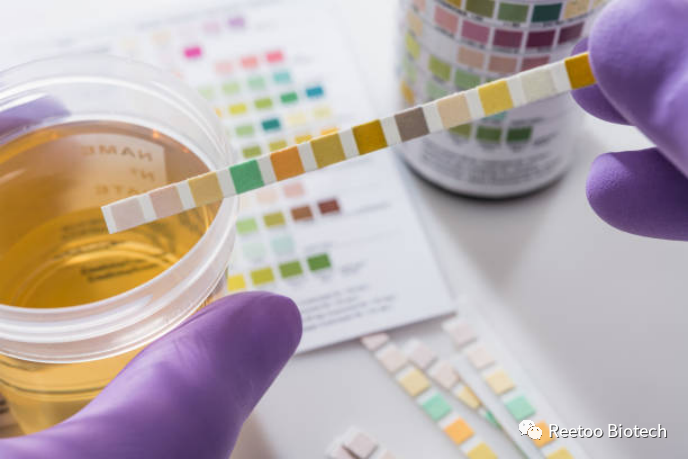
Source:istock
06. Urine microscopic findings
A lab technician may examine a urine sample under a microscope to look for tiny substances in the urine, including:
✔ Cells.
✔ Cell fragments.
✔ Urinary casts
✔ Mucus.
✔ Bacteria or other germs.
✔ Crystals.
Microscopic tests that providers may include in a urinalysis include:
⏩ Red blood cell (RBC) urine test: An elevated number of RBCs indicates that there’s blood in your urine. However, this test can’t identify where the blood is coming from. For example, contamination with blood from hemorrhoids or vaginal bleeding can’t be distinguished from a bleed somewhere in your urinary system. In some cases, higher-than-normal levels of red blood cells in your urine may indicate bladder, kidney or urinary tract issues.
⏩ White blood cell (WBC) urine test: An increased number of WBCs and/or a positive test for leukocyte esterase may indicate an infection or inflammation somewhere in your urinary tract.
⏩ Epithelial cells: Epithelial cells are cells that form the covering on all internal and external surfaces of your body and line body cavities and hollow organs. Your urinary tract is lined with epithelial cells. It’s normal to have some epithelial cells in your urine, but elevated numbers of epithelial cells may indicate infection, inflammation and/or cancer in your urinary tract.
⏩ Bacteria, yeast and parasites: Sometimes, bacteria can enter your urethra and urinary tract, causing a urinary tract infection (UTI). The urine sample can also become contaminated with bacteria, yeast and parasites, especially for people with a vagina. Yeast can contaminate the sample for people who have a vaginal yeast infection. Trichomonas vaginalis is a parasite that may also be found in the urine of people who have a vagina. It’s the cause of an STI called trichomoniasis.
⏩ Urinary casts: Casts are tiny tube-like particles that can sometimes be in your urine. They’re formed from protein released by your kidney cells. Certain types of casts may indicate kidney issues, while others are completely normal.
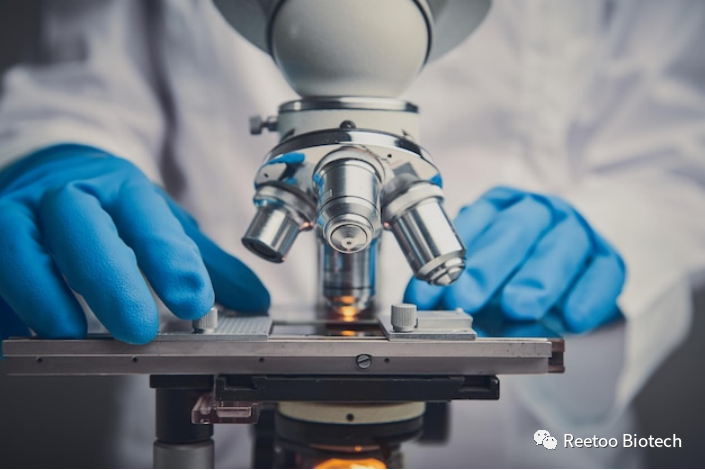
Source:https://www.freepik.com/
07. When urinalysis is needed?
Healthcare providers order urinalysis tests for several reasons since a urine sample can provide many insights into your health. Your provider may order a urinalysis for you for one or more of the following reasons:
✅ As part of your routine medical exam to screen for early signs of certain health conditions.
✅ If you’re experiencing and signs and symptoms of certain health conditions, such as diabetes or kidney disease.
✅ To monitor certain health conditions you're receiving treatment for, such as diabetes or kidney disease.
✅ To diagnose a urinary tract infection (UTI).
✅ If you’ve been admitted to a hospital.
✅ As a preparatory checkup for surgery.
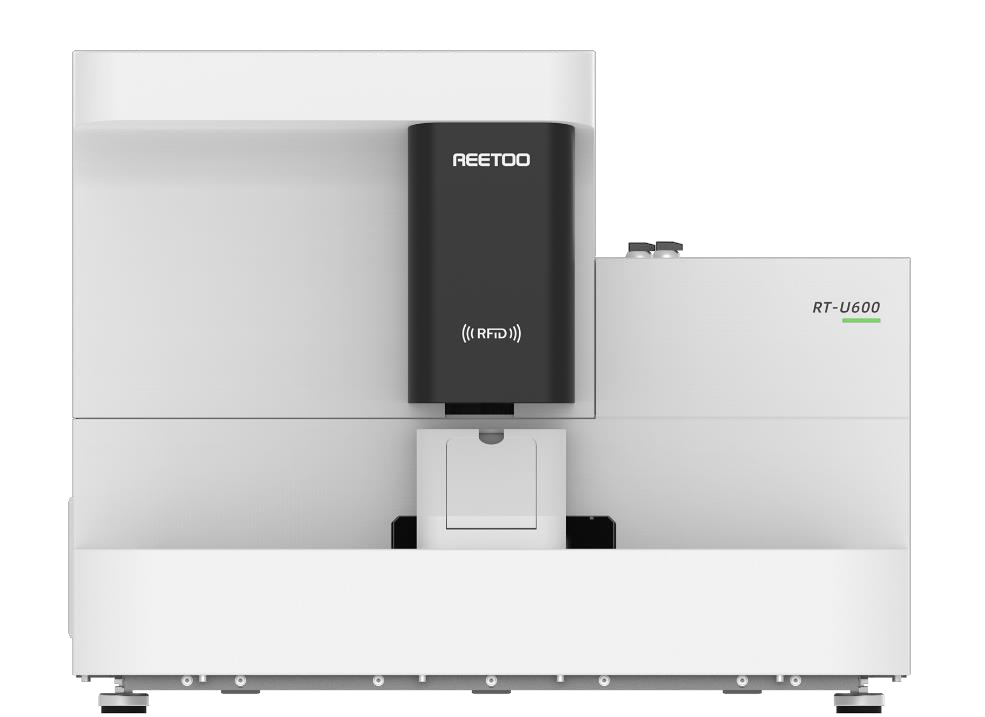
RT-U600: Automatic Urine Analysis System
08. Diagnostic solution: RT-U600
Key features:
🔺 Fully automatic dry chemistry and formed elements analysis system;
🔺 Flexible options for dry chemistry and formed elements analysis;
🔺 AI-based DeepCell engine, accuracy >90% for formed elements;
🔺 10X and 40X objective lens:auto-switch, auto-focusing and auto- scan;
🔺 Testing speed: dry chemistry analysis:120T/H,formed element analysis:100T/H
🔺 Automatic inspection for urine color and turbidity
🔺 No centrifugation, no staining, direct microscopy
🔺 Patented disposable urine sediment inspection chip, cross- contamination free
🔺 Priority test for emergency sample
🔺 Barcode scanning for sample identification
🔺 Thumbnail function for preview and image auto cutting classification
🔺 High integration and operability, small size (600x615x520mm)
Reference:
https://my.clevelandclinic.org/












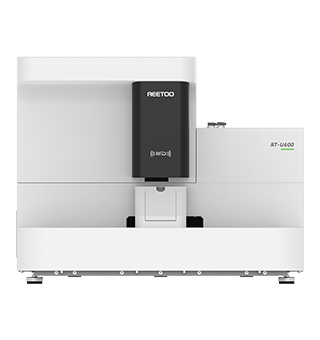
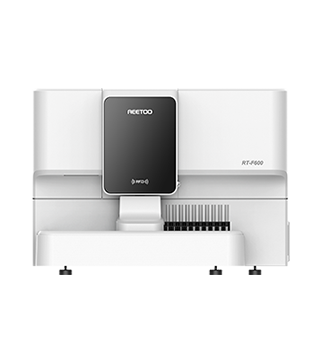
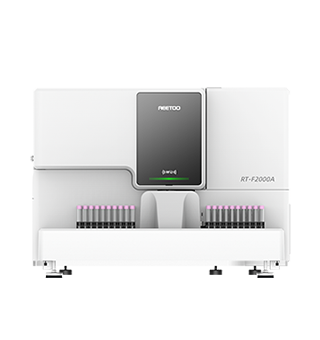
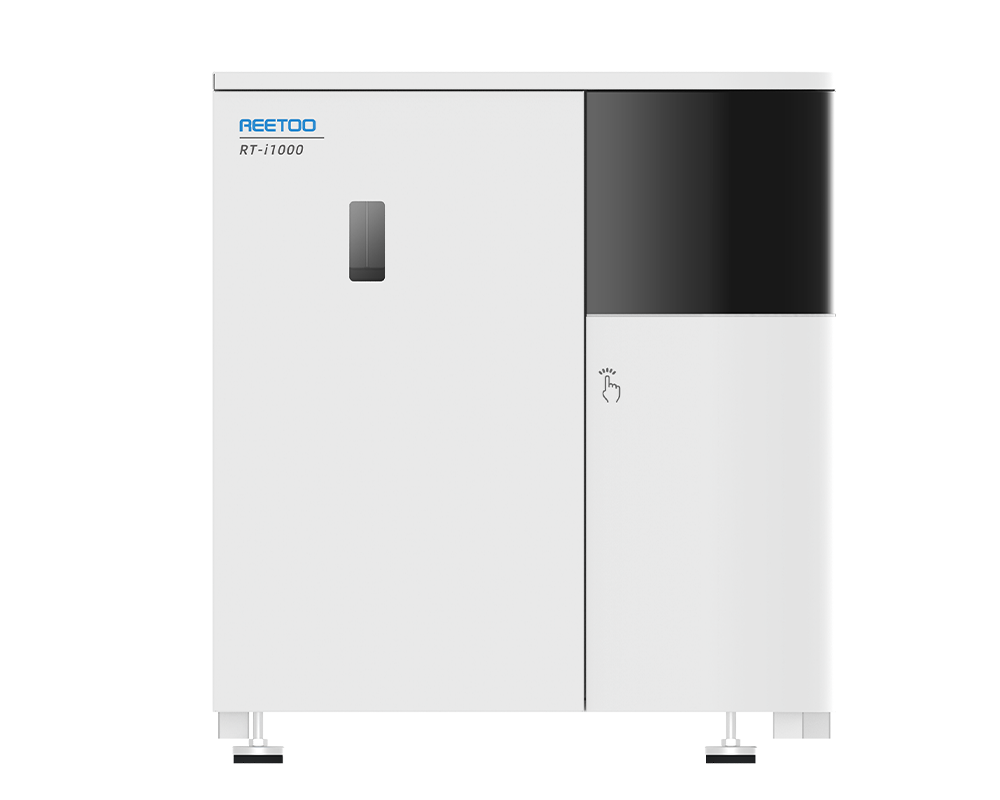
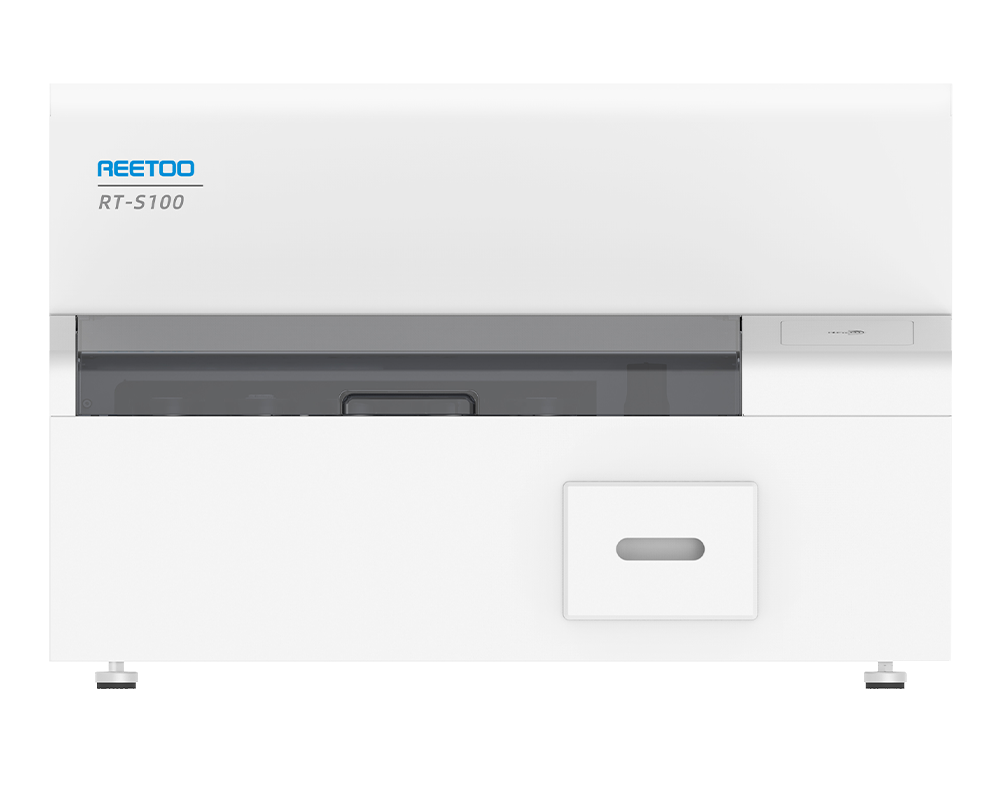
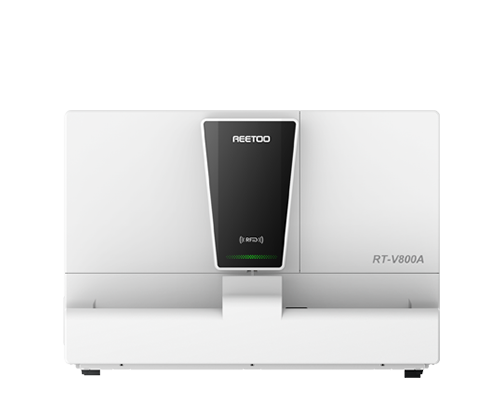


 粤公网安备44030002003406
粤公网安备44030002003406